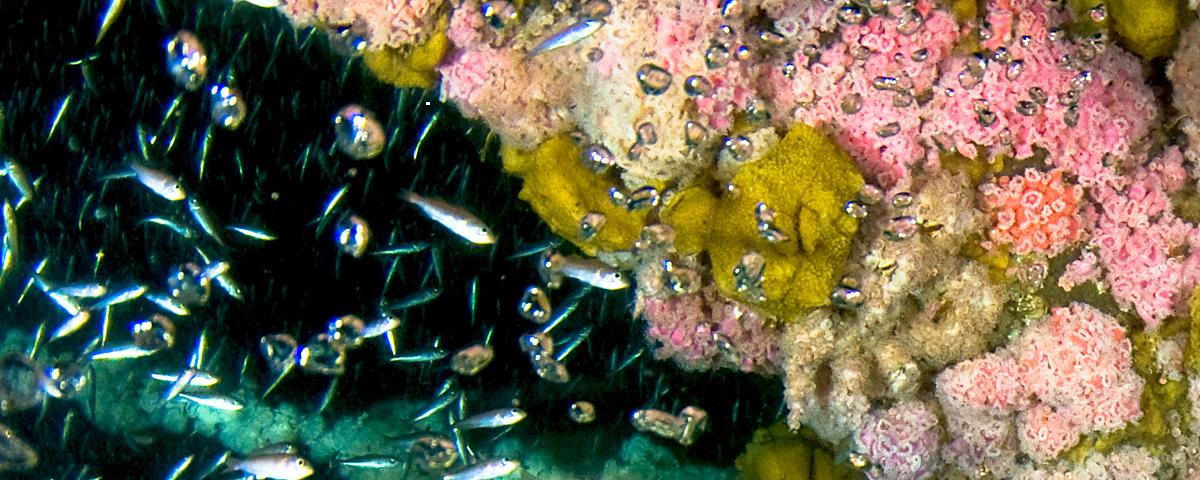Site fidelity and movement patterns of groundfish associated with offshore petroleum platforms in the Santa Barbara Channel.
Abstract
In order to better assess the ecological importance of offshore petroleum platforms for economically important groundfishes, we quantified the degree of site fidelity of 100 platform-associated individuals representing 15 species at three offshore platforms in the Santa Barbara Channel by means of acoustic telemetry monitoring. Thirty percent of the fish tagged were not detected after the first 6 d following release and were assumed to have died or to have immediately emigrated away from platforms. Degrees of site fidelity varied widely among individuals, among species, and between platforms. Of the most abundant species tagged (cabezon Scorpaenichthys marmoratus, vermilion rockfish Sebastes miniatus, widow rockfish Sebastes entomelas, copper rockfish Sebastes caurinus, and greenspotted rockfish Sebastes chlorostictus), widow rockfish showed a high probability of being detected at platforms over a 2-year period. Vermilion rockfish emigrated away from the shallower Platform Gilda (64 m) faster than vermilion rockfish tagged at the deeper Platform Grace (93 m). Ten tagged individuals (eight vermilion rockfish, one copper rockfish, and one lingcod Ophiodon elongatus) moved between platforms (range = 5–15 km) and/or natural habitat, although a majority moved from a shallower platform to a deeper one. These movements further support evidence that (1) many reef-associated rockfishes make ontogenetic shifts to deeper water and (2) shallower platforms export fishes faster than deeper platforms. There was no indication of seasonal emigration, but there was evidence for seasonal differences in activity for vermilion rockfish, widow rockfish, and greenspotted rockfish. Observed movements of fishes between platforms and natural reef habitat indicate that they can navigate between these habitats and that platform habitat, despite having higher densities of conspecifics, may be of higher quality to some individuals than natural reefs.

